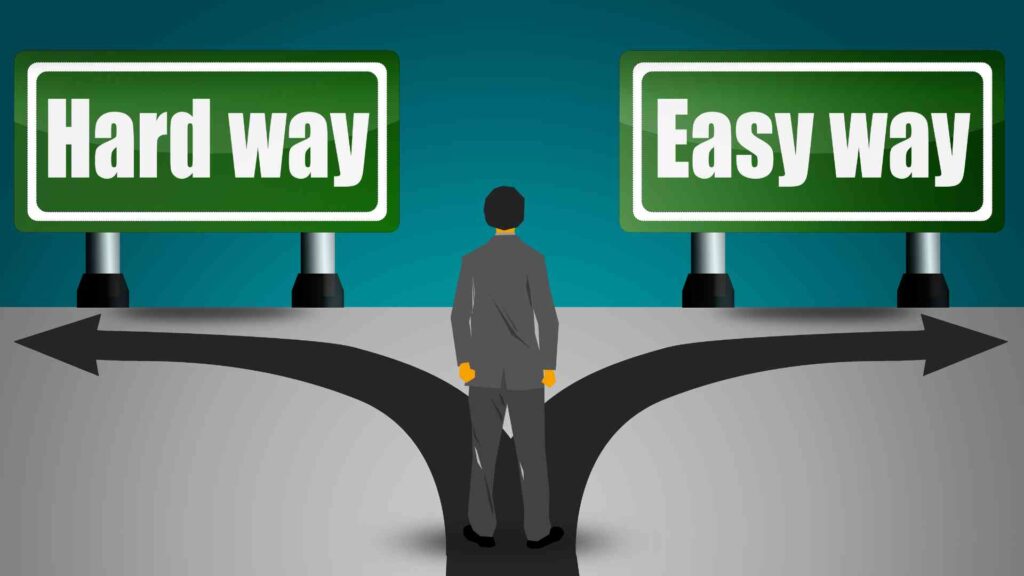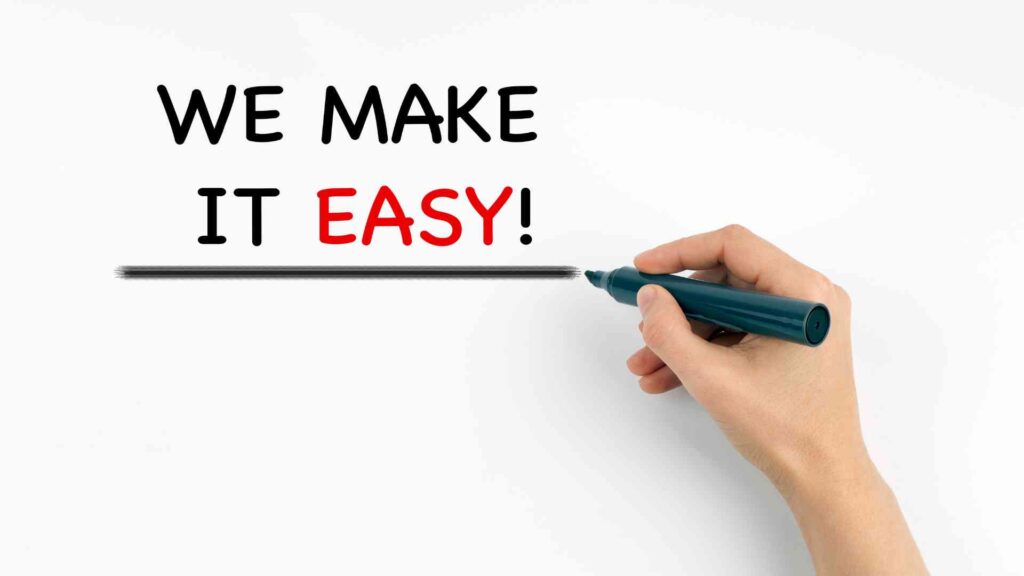Discover comprehensive information for all aspects of sexual health and find resources and guidance to empower your sexual well-being.
The underlying cause as well as the severity of pain determine the varied treatment approaches…
Discover comprehensive information for all aspects of sexual health and find resources and guidance to empower your sexual well-being.
The underlying cause as well as the severity of pain determine the varied treatment approaches…
Feeling nervous about sexual performance, known as Sexual Performance Anxiety (SPA), is pretty common. But…
Erectile dysfunction (ED) is a common condition that affects millions of men worldwide, causing distress…
Sleep-related painful erection (SRPE) is a rare condition where people get painful erections while they’re…
Achieving and maintaining a strong penile erection is a common concern for many men. It…
Prostate health is a critical concern for men, especially as they age. The prostate gland…
Prostate health is a critical concern for men, especially as they age. The prostate gland…
How do we make decisions? Three main theories suggest that the mind uses logic, statistics, or heuristics.
Table of Contents
ToggleThe term heuristic comes from Greek and means “serving to find out or discover.”
A heuristic is a strategy that deliberately ignores some information to make decisions faster, more economically, and/or more accurately than complex methods.
Amos Tversky and Daniel Kahneman researched heuristic decision-making and identified various types of this model.
Two commonly used heuristics are:

Choosing based on the similarity of the current situation to another.
For instance, if lost in a forest during a horse-riding trip, you might try retracing your steps.
Using the representative heuristic, you may identify tracks as horse tracks because they resemble what you know. Unfortunately, this may lead you to mistake bear tracks for horse tracks.

Deciding based on the ease of access to information. This approach involves choosing the “first thing that comes to mind.”
News agencies often contribute to the use of this heuristic by repeatedly covering the same or similar stories.
For example, if the latest fad diet is widely reported, it may be the first thing that comes to mind when choosing a diet, leading you to follow the trend.
Related: What is the Confirmation Bias
Two proposed answers address why heuristics are useful: the trade-off between accuracy and effort, and the ecological rationality of heuristics.

The classical explanation suggests that people save effort by using heuristics but at the expense of accuracy.
According to this perspective, humans and other animals opt for heuristics because searching for information and computational processes consumes time and effort.
Heuristics involve a trade-off, sacrificing some accuracy for quicker and more economical cognitive processes.
This framework proposes that a heuristic is ecologically rational when it fits or adapts well to the environment’s structure.
In other words, we assess a heuristic’s effectiveness by how well it aligns with and suits the characteristics and demands of the particular environment where it’s used.
Tversky and Kahneman showed that relying on heuristics can lead to cognitive biases and fallacies, resulting in poor decisions, inaccurate judgments, and predictions.
Being aware of heuristics helps us avoid these pitfalls and encourages more adaptive behaviors.

Professionals in advertising should grasp heuristics because consumers frequently rely on these mental shortcuts when deciding on purchases.
One notable heuristic in advertising is the scarcity heuristic. When evaluating the value of something, we often use this shortcut, believing that the rarity or exclusivity of an item adds to its worth.

In a 2011 study by Praveen Aggarwal, Sung Yul Jun, and Jong Ho Huh, the impact of “scarcity messages” on consumer behavior was assessed.
They discovered that both “limited quantity” and “limited time” advertisements influence consumers’ intentions to purchase, with “limited quantity” messages proving more effective.
This explains the excitement around one-day-only Black Friday sales and why countdowns of available units on home shopping television often lead to impulse buys.
This marketing technique serves as a valuable tool for boosting sales and drawing attention to your business.
Heuristics can lead to stereotyping, which is often harmful.
Kahneman and Tversky demonstrated how the representativeness heuristic can contribute to the spread of stereotypes.
In an experiment, participants were given a personality sketch of a fictional man named Steve and a list of possible occupations. Based on Steve’s described traits (shy, helpful, introverted, and organized), participants tended to stereotype him as a librarian.
While this stereotype may seem harmless, it highlights the connection between heuristics and stereotypes.

In Patricia Devine’s 1989 paper “Stereotypes and Prejudice: Their Automatic and Controlled Components,” she explains that even individuals low in prejudice need motivation and cognitive capacity to reject stereotypes.
We often resort to heuristics to conserve mental energy, especially when we lack the motivation or capacity for thoughtful judgment. Relying on automatic heuristic responses in such situations can perpetuate stereotypes.
Stereotypes exemplify the potential pitfalls of heuristics. Broad generalizations may not always be accurate, and persistently using them can lead to serious consequences. This emphasizes the significance of engaging in effortful judgment and decision-making rather than relying on automatic heuristics.
Heuristics come from automatic thinking (System 1).
It’s a common misconception that relying solely on rational ( System 2) thinking can prevent errors in judgment. However, as Kahneman points out, neither System 2 nor System 1 is foolproof.
While System 1 may lead to biases through heuristics, System 2 can give rise to other biases, like confirmation bias.

In reality, Systems 1 and 2 complement each other, and using them together promotes more rational decision-making. This means we shouldn’t make snap judgments, but we also shouldn’t overthink to the point of searching for specific evidence to support our views.
To avoid heuristics, judgments should be made more thoughtfully, but without overanalyzing the situation.
Related: What is the Confirmation Bias?
Heuristics are quick mental shortcuts enabling rapid judgment based on generalizations or rules of thumb. They emerge automatically as efficient responses to problems or decisions, freeing up our mental energy for other tasks. Opting for more deliberate decision-making, rather than automatic choices, helps us steer clear of heuristics. Although this approach demands greater mental resources, it ultimately results in more rational and thoughtful choices.
References
Dr. Nishtha, a medical doctor holding both an MBBS and an MD in Biochemistry, possesses a profound passion for nutrition and wellness. Her personal journey, marked by significant struggles with physical and mental health, has endowed her with a unique empathy and insight into the challenges countless individuals face. Driven by her own experiences, she leverages her background to offer practical, evidence-backed guidance, empowering others on their paths to achieving holistic well-being. Dr. Nishtha truly believes in the interconnectedness of the mind and body. She emphasizes the significance of understanding this connection as a crucial stride toward attaining balance and happiness in life.

